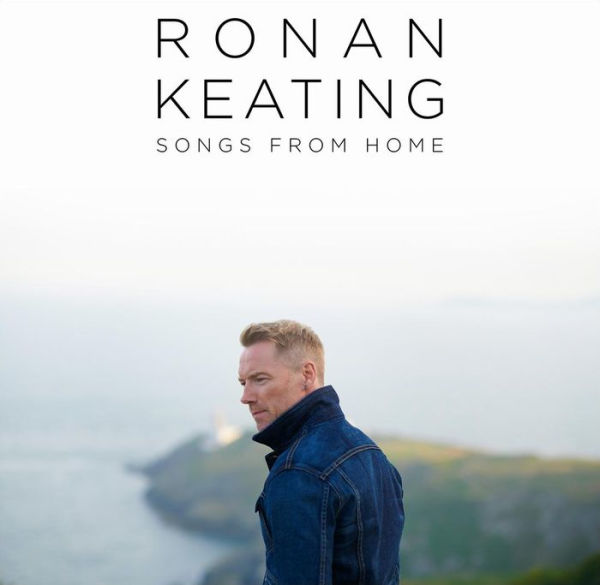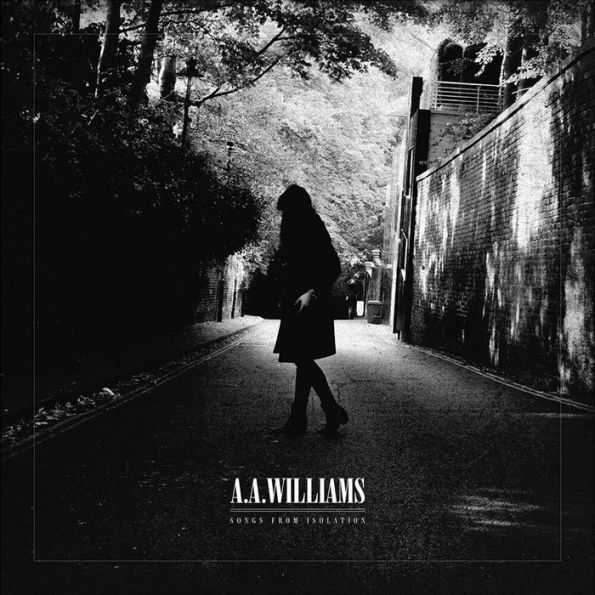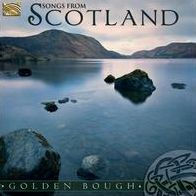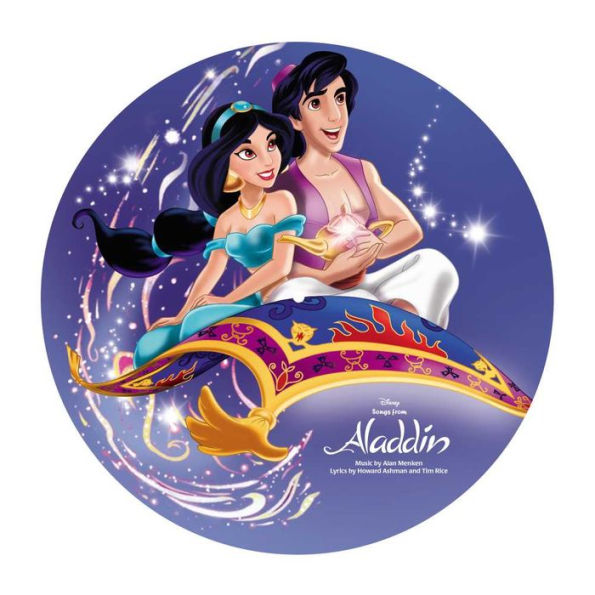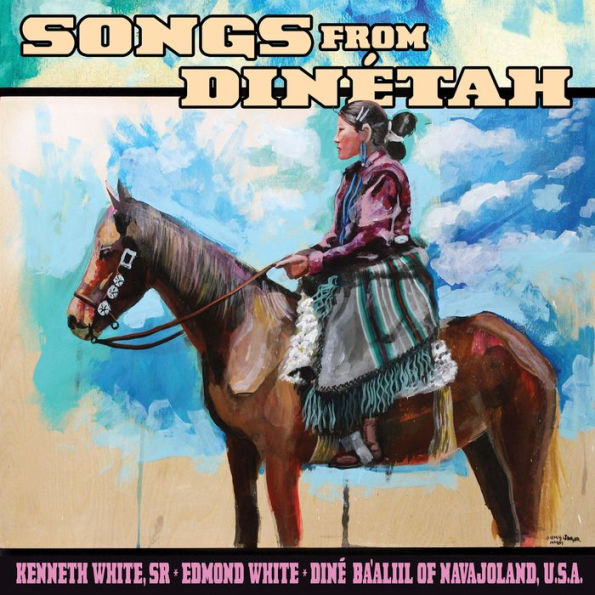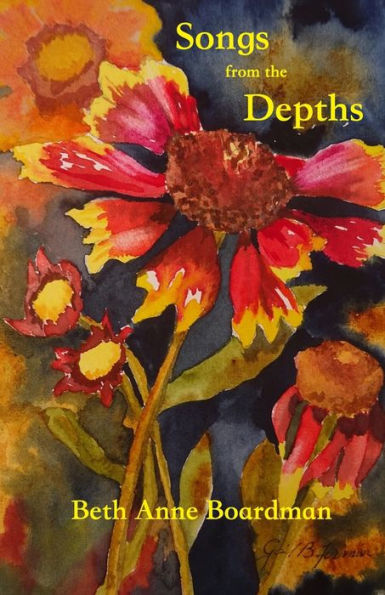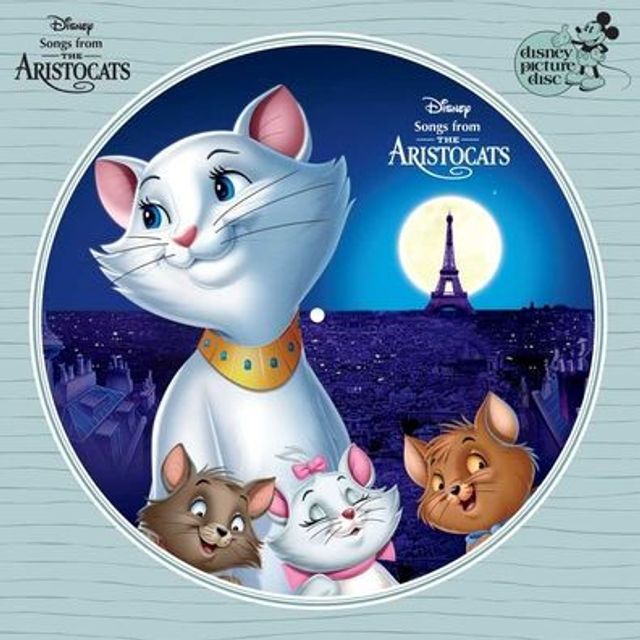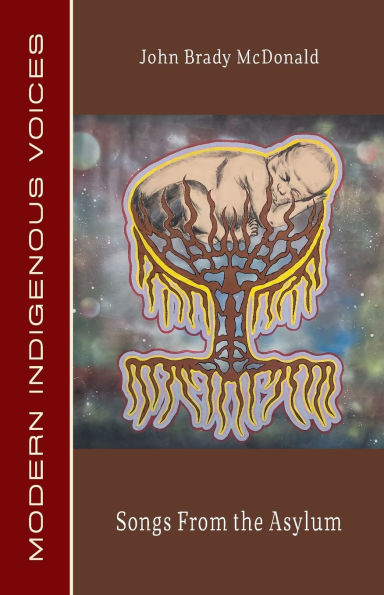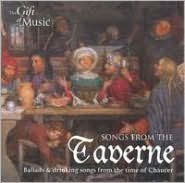Home
Play Songs from the Song Series
Barnes and Noble
Play Songs from the Song Series
Current price: $6.99


Barnes and Noble
Play Songs from the Song Series
Current price: $6.99
Size: OS
*Product information may vary - to confirm product availability, pricing, shipping and return information please contact Barnes and Noble
From the INTRODUCTION.
THE songs chosen for the earliest musical expression of the child, should be those that in themselves have the power to use the whole child.
The singing of children in the kindergarten, and of those in the first and second grades, should not be merely imitative.
With songs that are based upon fundamental rhythms, and that lie within the range of the child's interest and experience, the expression from the very first will be individual. Given a chance to respond with his whole self, the average child will discover to you a voice full, free, and alive with color and quality.
The proposition briefly stated is this:
Establish continuity of breath: this comes in proportion as we remove the inhibiting influences of physical obstruction and self-consciousness. Develop the singing and speaking voice that there may be full and unembarrassed expression. Do this by coördination of the big muscles with vocal expression. Singing, so taught that it would express the life of the child in song, might well be a basic subject in the curriculum of the kindergarten and schools of the first and second grade; and through it we might give to the home, and to the school, something worthwhile to the child in personal development, and to singing as an art.
For explicit directions for the use of these songs, see Tone Plays and Course of Study for The Songs Series, both published by The A. S. Barnes Company, furnished free to teachers.
IN publishing this volume of songs, the author makes grateful acknowledgment of help and inspiration received from Mrs. Lucia Gale Barber.
Mrs. Barber's work in rhythm sounded a new note in physical education, opening wide horizons of hope for that poise, balance and sanity of nerve and muscular systems, which are demanded to meet the stress of life as it is lived to-day and as it is destined to be lived in the next generation.
Mrs. Barber worked out the natural law of coördinated human rhythms in all its applications, for individual physical regeneration, for personal and social culture, for ethics and aesthetics. Her untimely death in the autumn of 1911, leaves upon those whose fortunate privilege it was to have studied with her, the responsibility for realizing something of her ideals for that work, with which her life was completely identified. –ALYS E. BENTLEY.
THE songs chosen for the earliest musical expression of the child, should be those that in themselves have the power to use the whole child.
The singing of children in the kindergarten, and of those in the first and second grades, should not be merely imitative.
With songs that are based upon fundamental rhythms, and that lie within the range of the child's interest and experience, the expression from the very first will be individual. Given a chance to respond with his whole self, the average child will discover to you a voice full, free, and alive with color and quality.
The proposition briefly stated is this:
Establish continuity of breath: this comes in proportion as we remove the inhibiting influences of physical obstruction and self-consciousness. Develop the singing and speaking voice that there may be full and unembarrassed expression. Do this by coördination of the big muscles with vocal expression. Singing, so taught that it would express the life of the child in song, might well be a basic subject in the curriculum of the kindergarten and schools of the first and second grade; and through it we might give to the home, and to the school, something worthwhile to the child in personal development, and to singing as an art.
For explicit directions for the use of these songs, see Tone Plays and Course of Study for The Songs Series, both published by The A. S. Barnes Company, furnished free to teachers.
IN publishing this volume of songs, the author makes grateful acknowledgment of help and inspiration received from Mrs. Lucia Gale Barber.
Mrs. Barber's work in rhythm sounded a new note in physical education, opening wide horizons of hope for that poise, balance and sanity of nerve and muscular systems, which are demanded to meet the stress of life as it is lived to-day and as it is destined to be lived in the next generation.
Mrs. Barber worked out the natural law of coördinated human rhythms in all its applications, for individual physical regeneration, for personal and social culture, for ethics and aesthetics. Her untimely death in the autumn of 1911, leaves upon those whose fortunate privilege it was to have studied with her, the responsibility for realizing something of her ideals for that work, with which her life was completely identified. –ALYS E. BENTLEY.
